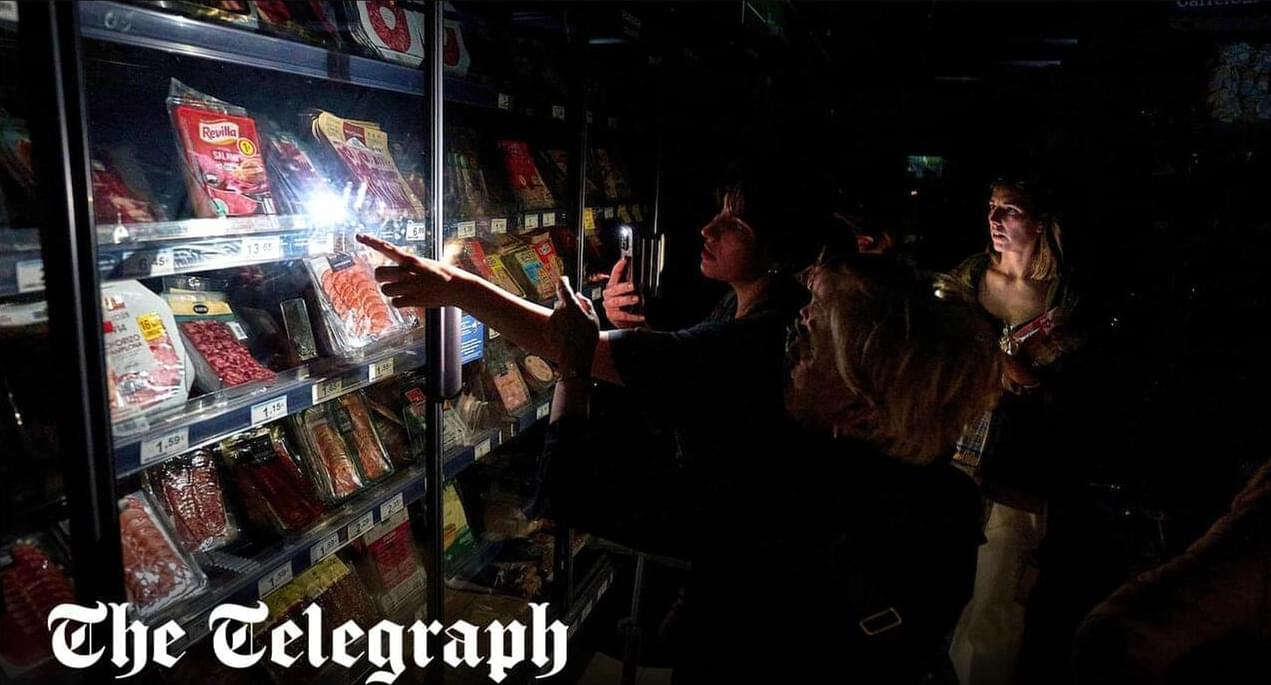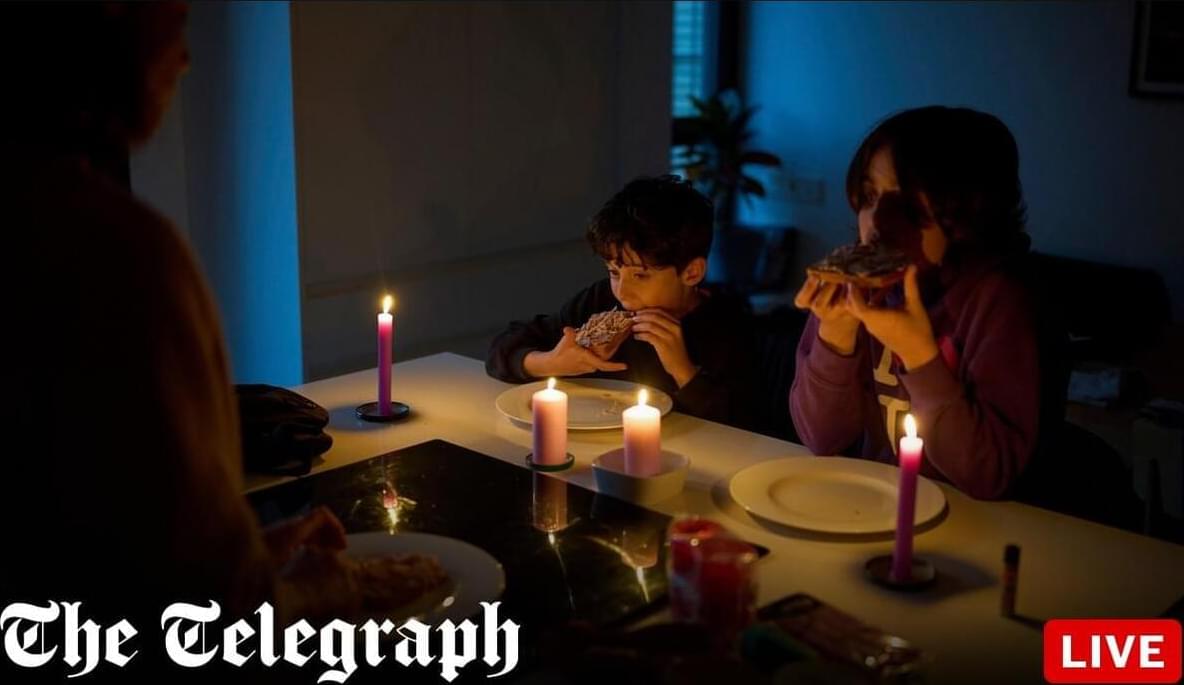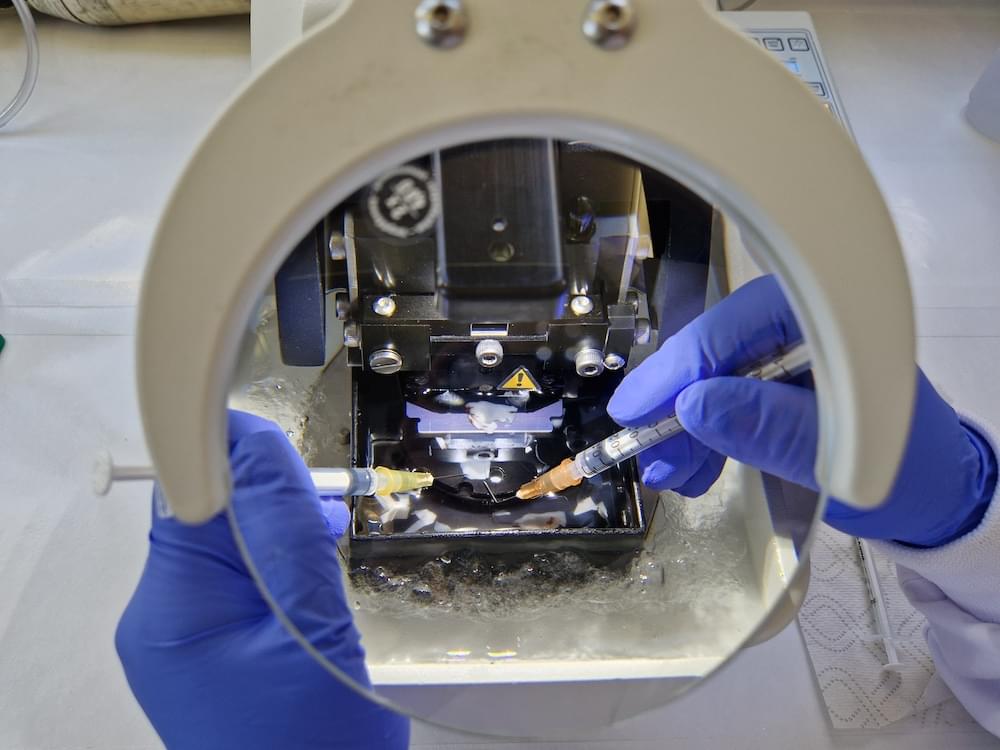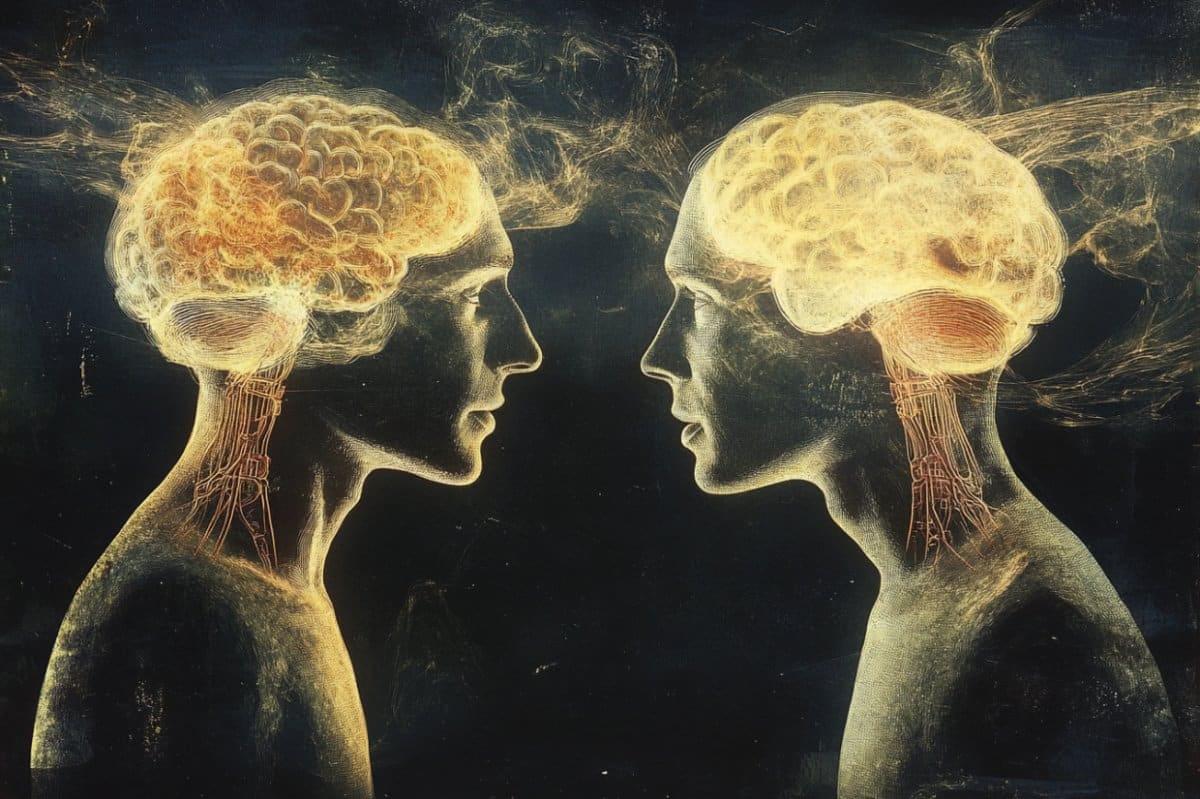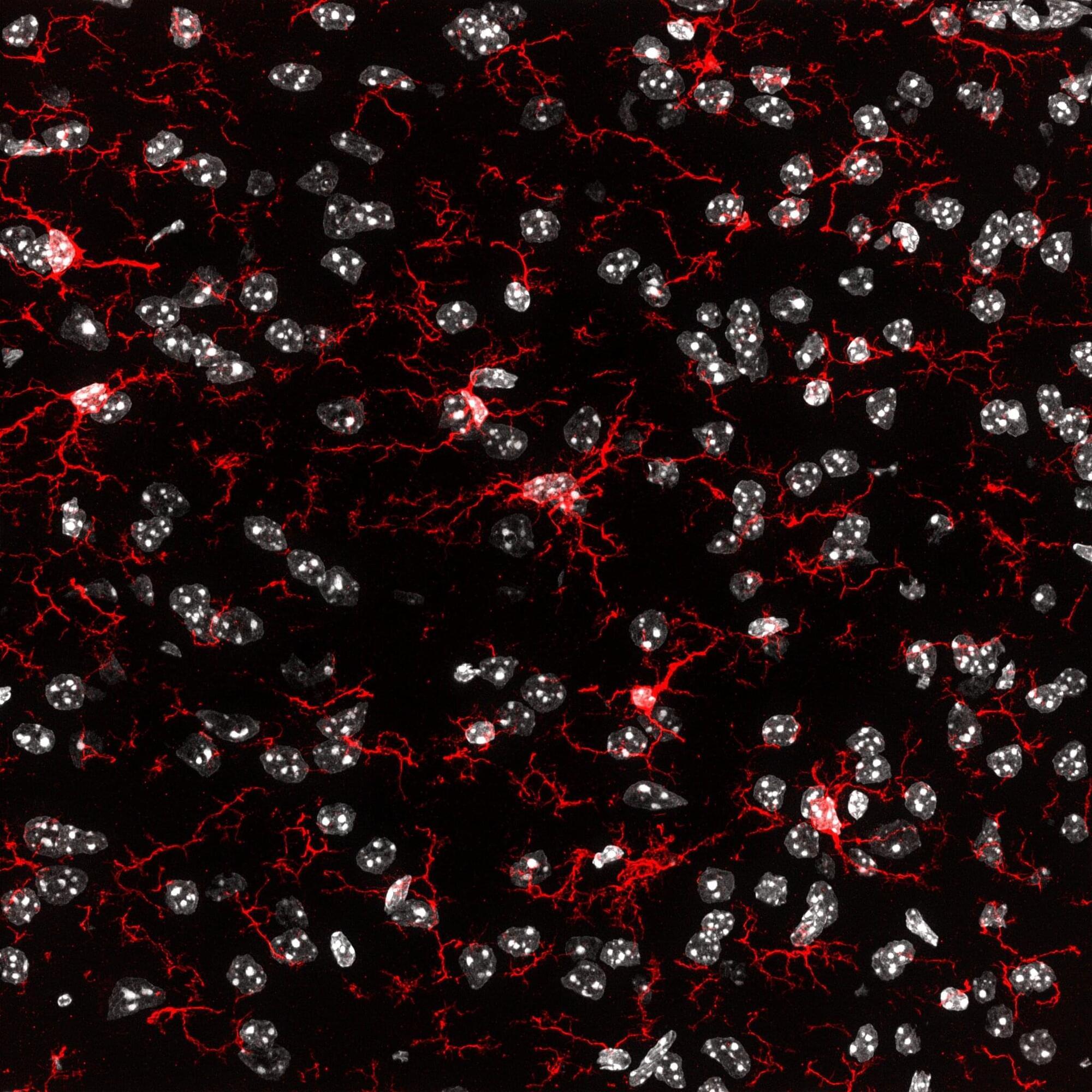Japanese scientists have created all-organic solar cells made of carbon-based materials with a record efficiency of 8.7% for this type of cell.
It is noted that the amount of solar energy that reaches the Earth every day is 10 times higher than all the existing needs of humanity. Over the past 6 years, there has been a rapid development of cells for solar panels. However, there are still a number of challenges to their widespread use, including high production costs, efficiency, and environmental impact.
Silicon is currently the most widely used material in solar cells. However, such cells often also contain potentially hazardous materials that are difficult to dispose of in an environmentally friendly manner.


